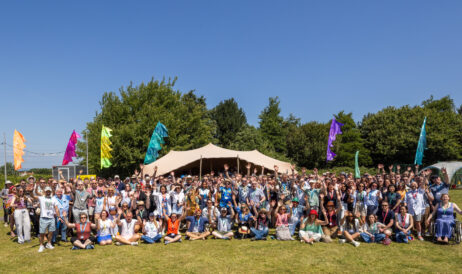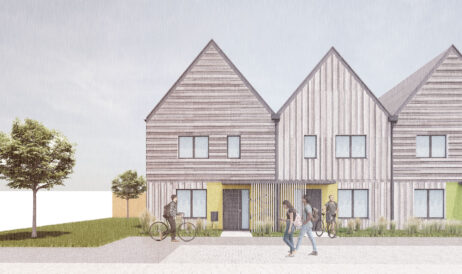Despite their ubiquity, shops on the high street are merely a by-product of community, not its cause. The glue that holds communities together is – and always was – the people successfully meeting the totality of each other’s needs.
That is why retail-led regeneration is no longer a sustainable solution.
If we want to preserve our communities – as the Government is committed to doing through its £1bn Future High Streets Fund – future urban development must cater to all strata of society. That means a dynamic mix of other uses as well as shops.
It seems fitting that publicly funded projects should tackle the greatest public issues for maximum taxpayer value. In rethinking retail, therefore, is it possible to address the other pressing challenges facing us to rekindle the communities in our cities, towns and neighbourhoods?
We think it is. Tackling multiple issues resolves multiple needs and, as the cherry on the cake, restores the communities that are the soul of local identity.
We are in the midst of a national housing shortage and homelessness epidemic. Young families are priced out of communities. The vulnerable have fewer safe refuges. Older people are being tucked away, disconnected from local amenities.
Why not invite them in to fill the voids in the high street? Various build-to-rent models of high-quality housing above active communal uses at ground floor could not only encourage a permanent sense of ownership but also generate the footfall so critical to economic wellbeing.
Thanks to the technological revolution in information and communications, modern workers are agile, entrepreneurial and flexible. This has radical implications for where we work. The co-working trend is already well under way, stoking neighbourhood economies and injecting fresh vibrancy to the local streetscape. Surely they are part of the answer to the embattled high street?
Public services have been relocated out of town centres, pulling jobs with them to the detriment of community cohesion. Bringing local authority offices, schools, health and wellness centres, and even police stations back would provide our resurgent high street community with the full toolkit to thrive as a sustainable social unit.
In this mix, the retail response must be strategic.
The chain store homogeneity that characterized recent town centres has failed and should be avoided. So-called ‘meanwhile’ uses, while creative, are by their very nature experimental and hard to maintain as a long-term solution.
Rapidly growing social and environmental awareness is driving demand for locally sourced goods and services. Providing space for incubation, light industry and artisan manufacturing on the high street would align it to this trend, with the potential to revitalise urban centres.
The beneficial domino effects would start with new localised employment opportunities and bring downstream commercial benefits, reduce transportation impacts, and foster mutually supportive town-centre networks of producers, suppliers, entrepreneurs and consumers.
However, with accelerating technological changes likely to disrupt the streetscape in as-yet undetermined ways in the near future, any new template must build in flexibility and adaptability. The tantalizing promise of autonomous vehicles, for example, could make the need for multi-storey car parks redundant.
Even so, timeless infrastructure such as public conveniences and green spaces will always be needed, and should be priorities for immediate investment.
We have the experience and bold people-centred insights to make a difference. That’s why we sat down with members of the Fund in Bristol recently to plan ways to ensure that this public money is well spent.
The UK has a once in a generation opportunity to enact real change. Let’s not squander it.
Toni Riddiford is at REVO 2019 17-19th September. Thoughts on how to spend a billion pounds? Share them with Toni






